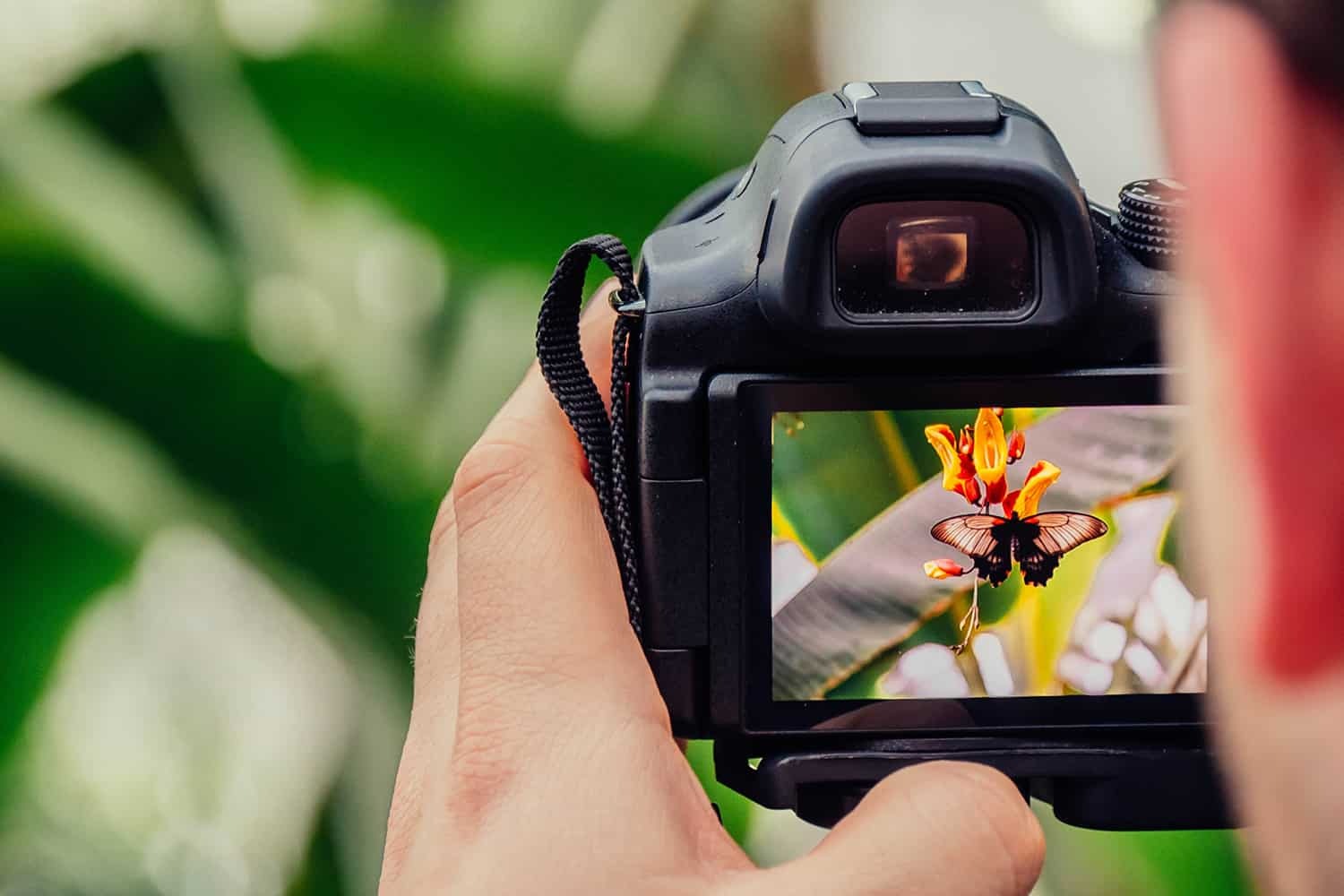Are you gazing at the stunning work of professional photographers and wondering, “How can I do that?” Perhaps you’ve mastered your camera’s auto mode and feel a creative itch to do more.
You’re not just taking snapshots; you’re starting to see the world in frames, light, and moments. The journey from enthusiast to professional is thrilling, but it requires more than just a good eye—it requires structured learning, technical mastery, and industry insight.
This is where enrolling in a comprehensive professional photography course can be the single most transformative decision for your creative future.
Many talented photographers hit a plateau, limited by the knowledge gaps that self-taught methods often create.
Understanding exposure is one thing; mastering light to sculpt a subject’s face in a portrait, or to dramatise a landscape at golden hour, is another.
A structured professional photography course is designed to bridge that gap systematically, moving you from random success to consistent, intentional artistry.
Why a Structured Learning Path Trumps Going It Alone
The internet is a vast library of free tutorials, and while they are a fantastic resource, they often lack the crucial elements that a formal education provides: structure, accountability, and expert feedback.
- Foundations First: A quality professional photography course doesn’t just show you cool tricks. It builds your knowledge from the ground up. You’ll gain a deep, intuitive understanding of the exposure triangle (aperture, shutter speed, ISO), composition, and colour theory. This foundational knowledge becomes second nature, allowing you to focus on creativity instead of camera settings.
- Accountability and Progression: It’s easy to put off learning when you’re on your own. A course provides a clear curriculum and timeline, keeping you motivated and ensuring you develop skills in a logical order. Each module builds on the last, creating a cohesive and comprehensive skill set.
- Constructive Critique: This is perhaps the most valuable aspect. Getting personalised feedback from experienced instructors on your actual work is invaluable. They can pinpoint errors you didn’t notice and offer tailored advice to push your technique to the next level. This direct mentorship is something no pre-recorded YouTube video can fully replicate.
What to Look for in a Professional Photography Course
Not all courses are created equal. When you’re investing in your future, it’s crucial to choose a program that will deliver a genuine, industry-relevant education.
Here are the key components to look for:
- A Comprehensive Curriculum: The course should cover a wide range of genres. Even if you think you want to be a wedding photographer, understanding the principles of commercial product photography or fine art landscapes will make you a more versatile and skilled artist. Look for modules on portraiture, landscape, commercial, lighting (both natural and studio), and post-production.
- Expert Instructors: Who are you learning from? Ensure the tutors are not just teachers but working professionals with current, real-world experience. Their industry insights and network can be as valuable as the course content itself.
- Hands-On Experience: Theory is essential, but photography is a practical craft. The best professional photography course will include practical assignments, opportunities for studio work, and perhaps even field trips. This is where you learn to problem-solve on the fly and build the confidence to handle client briefs.
- Business and Marketing Skills: Many photographers are brilliant artists but struggle to build a sustainable business. A top-tier course will dedicate significant time to the business side of photography—from branding and marketing to client management, quoting, and legalities. Turning your passion into a profession requires this critical knowledge.
The Genres You’ll Master: From Portraits to Profitable Commercial Work
A key benefit of a broad-based professional photography course is the exposure to different photographic disciplines.
You might discover a passion for a genre you’d never considered.
- Portrait Photography: Learn the art of connection and direction. This goes beyond posing; it’s about making your subject feel comfortable and capturing their true essence. You’ll master lighting patterns, lens selection, and post-processing techniques for flattering, powerful portraits.
- Landscape Photography: Discover the patience and planning required to capture the grand beauty of the Australian wilderness. You’ll learn about hyperfocal distance, using filters, and processing techniques to bring out the vibrant colours and dramatic tones in your scenes.
- Commercial Photography: This is where technical precision meets creative vision. You’ll learn how to light products to make them irresistible, work to a specific client brief, and create images that sell a lifestyle or brand. The skills learned here are highly sought after and can be incredibly lucrative.
- Photo Editing and Post-Production: In the digital age, capturing the image is only half the process. A professional course will provide in-depth training in industry-standard software like Adobe Lightroom and Photoshop. You’ll learn non-destructive editing workflows, colour grading, retouching, and how to prepare images for print and web.
Building a Career, Not Just a Portfolio
Completing a professional photography course does more than just fill your portfolio with beautiful images; it equips you with the tools to build a legitimate career.
You’ll graduate with:
- A Professional-Grade Portfolio: Your final portfolio will be a curated collection of your best work, developed under expert guidance, ready to show potential clients or employers.
- Industry Recognition: A qualification from a respected institution adds credibility and shows you have undergone rigorous training.
- A Network of Contacts: Your classmates, instructors, and the institution itself become part of your professional network, leading to collaborations, assistantships, and client referrals.
Your Next Steps: Leveraging Government Resources
In Australia, we are fortunate to have a supportive framework for individuals looking to skill up and transform their careers. The Australian Government provides excellent resources to help you plan your vocational education and training pathway.
A highly relevant and authoritative site to explore is the Australian Government’s “Your Career” website. This platform allows you to explore different industries, understand job prospects, and find quality training providers.
You can use it to research the field of photography, see growth projections, and ensure the course you choose aligns with your long-term career goals.
It’s an essential step in making an informed investment in your future.
Visit the site here: Your Career | Australian Government
A Visual Inspiration
To give you a taste of the creative and technical depth you can expect to explore, have a look at this excellent video from one of the world’s leading photography educators, Karl Taylor.
In this tutorial, he demonstrates the intricate process of commercial still life photography, a core skill often covered in a detailed professional photography course. Watch how every single element—from the lighting and composition to the post-production—is meticulously planned and executed.
Watch: Photography Tutorial: Watch a Pro at Work
Your Creative Journey Awaits
The path to becoming a professional photographer is one of continuous learning and passion. While talent is a fantastic starting point, it is education, discipline, and a solid understanding of the craft that will separate you from the crowd.
A dedicated professional photography course provides the roadmap, the vehicle, and the expert co-pilot you need for that journey. It’s an investment that pays dividends in creative fulfilment, technical confidence, and professional opportunity.
Don’t just let your passion be a hobby. Harness it, structure it, and build the skills to share your unique vision with the world.
Your future in photography starts with a single, decisive click—the click to enrol and commit to your craft.







